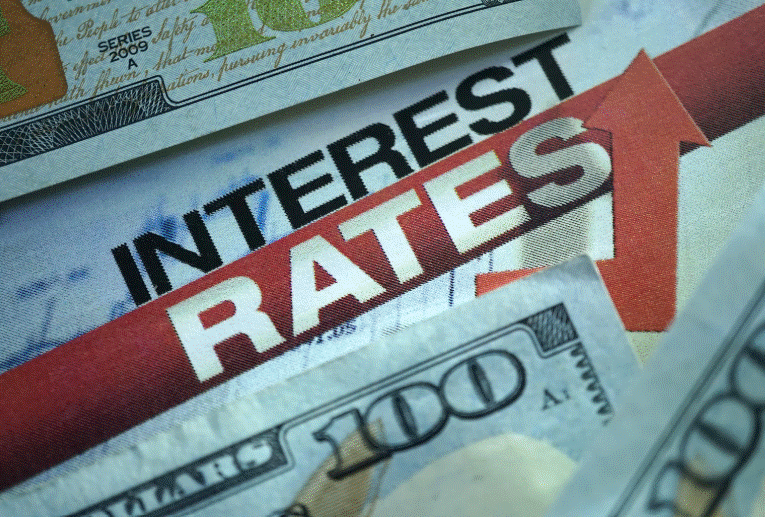The novel coronavirus known as COVID-19 has nearly ground the American economy to a stand-still. Virtually every small business is either closed or struggling to stay afloat. State governments' budgetary reserves are dwindling while the federal government continues to fuel its already gargantuan debt with massive relief programs. To prevent commerce from crumbling altogether, the Board of Governors of the Federal Reserve System lowered its benchmark lending rate effectively to zero. Outside of the present pandemic, this move would be unthinkable. Given the current state of the economy, however, this action may just jump-start the mortgage business with new applications.
What Makes Mortgage Rates Decline?
Home loan interest rates do not fall immediately when the Fed cuts its benchmark rate. There is often a lag between the two. Lenders tend to watch the bond market to see what the 10-year U.S. Treasury bond will yield. Considered one of the most conservative (read "safest") investments around, this bond gives out higher yields when it costs less to purchase. Conversely, its yields are lower when its price is higher. After the Fed nearly zeroed out the benchmark rate in mid-March 2020, the yield for the 10-year fell below one percent for the first time. Because of the bond's bellwether status for investors, banks and finance companies have confidence they can lower their own interest rates, particularly on fixed-rate products.
What Else Affects Interest Rates?
The expectation is that rates on fixed home loans will drop below three percent for 30-year terms and 2.5 percent for 15-year residential property loans. They have yet to reach these depths as of this writing, with 30-year fixed rate loans hovering between 3.25 and 3.50. With Treasury yields so low, what else has to happen to get them to their forecasted lows?
- Inflation -- erodes the profitability of loans, thus, where it rises, rates will rise too, and vice versa.
- Economic Growth -- puts more people in a position to afford a loan secured by home value. Rates often rise when applications soar...and fall when business tapers off.
- Housing Market -- depresses rates when inventory is low, home seekers are few and home values drop.
Worth remembering, at any rate, is that while these factors bear upon rates, they are likewise influenced by the movement of interest rates.
How Did the Pandemic Cause Lower Rates?
As the COVID-19 coronavirus proliferated around the world, its infectious power and lethal impact persuaded national and local governments to take aggressive measures in order to keep the health care infrastructures from collapsing. The U.S. was no exception and states issued quarantine orders that closed businesses and laid off millions of employees. To keep commerce from ceasing altogether, and the workforce from poverty, the Fed lowered lending rates so businesses and individuals could stay afloat during the course of the pandemic. The subsequent responses from Treasury notes and property loan rates represent a concerted effort to protect the national economy from a serious financial meltdown.





